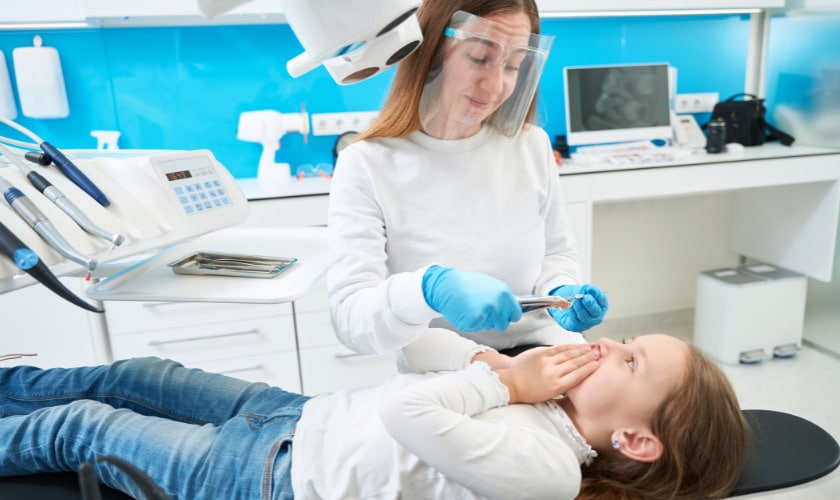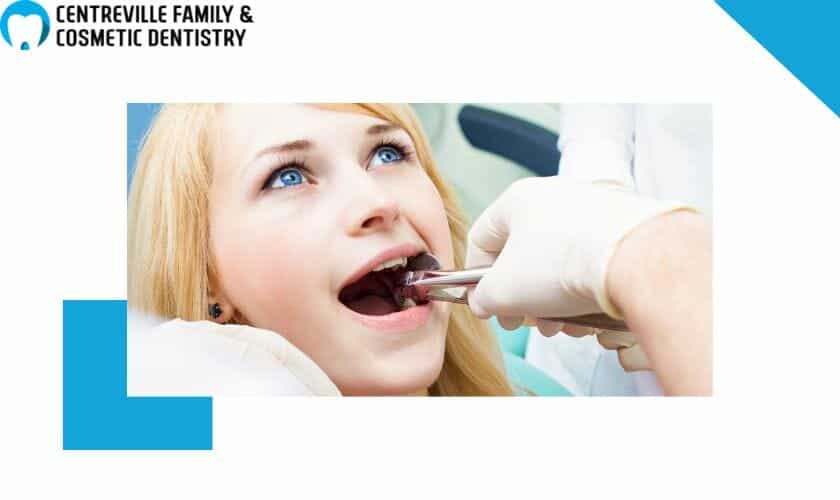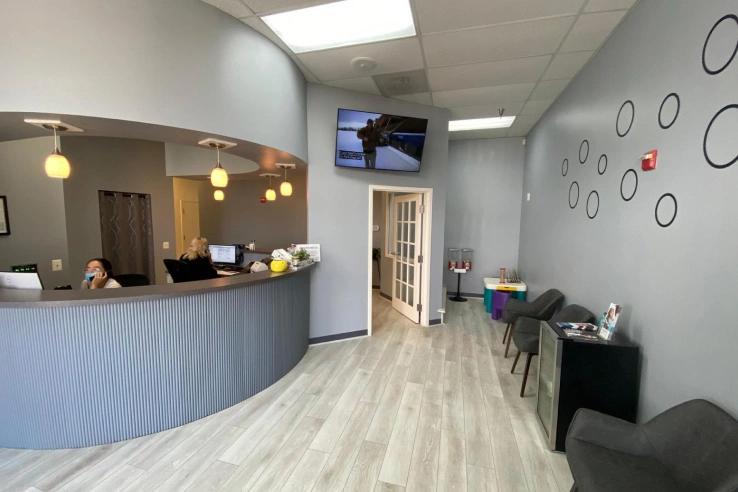We are not a registered Medicare/Medicaid Provider

Do you have a toothache or infection that requires the removal of the tooth? Tooth extraction is one of those dental procedures that might sound daunting, but if done by an experienced dentist, it can be easy and painless. Tooth extraction involves removing a damaged or decayed tooth from its socket in the jawbone. Tooth extraction is sometimes necessary to prevent the spread of infection, relieve crowding and make room for dentures. Tooth extraction can also be done to reduce pain caused by a damaged or decaying tooth.
In this blog, we will discuss all aspects of tooth extraction including its causes, procedure, and aftercare.
Tooth extractions are common dental procedures and are used to remove damaged, decayed, or infected teeth from the mouth. Tooth extractions can also be done to make more room for orthodontic treatments such as braces and sometimes wisdom teeth that have become impacted. Tooth extraction is a relatively safe procedure but it requires adequate aftercare instructions following the operation.
Causes of Tooth Extraction
Tooth extraction may be necessary to treat a variety of dental problems. Tooth decay and infection are the most common reasons for tooth extractions. Tooth decay is caused by bacteria that cause cavities and damage the enamel of the teeth. Tooth infections can occur when bacteria enter the pulp inside the root canal. Other causes of tooth extraction include trauma, misalignment of teeth, or overcrowding.
Procedure for Tooth Extraction
Tooth extraction is a relatively simple procedure that is typically done under local anesthesia to minimize pain and discomfort. The dentist will first inject the area with local anesthesia to numb the area before using special tools to loosen and remove the tooth from its socket. If the tooth is impacted, the dentist may need to break it into smaller pieces before removing it. Tooth extraction usually takes only a few minutes and is done in one visit.
Aftercare Tooth Extraction
After the procedure, your mouth will be tender and swollen for several days. It is important to follow your dentist’s aftercare instructions to ensure proper healing. These instructions may include taking medications as prescribed, applying ice packs to reduce swelling, eating soft foods, and avoiding hot liquids or food that are hard to chew.
It is also important to avoid activities such as smoking, drinking alcohol, or using straws for the first few days following the procedure. You may also need to change your toothbrush and use a soft brush to clean the area.
Conclusion
Tooth extraction is a relatively safe procedure that can be done in one visit. It is important to follow your dentist’s aftercare instructions for proper healing of the affected area. Tooth extraction can help prevent infection and pain, as well as make room for dentures or orthodontic treatments.
Tooth extraction typically takes only a few minutes and is done in one visit.
Aftercare instructions may include taking medications as prescribed, applying ice packs to reduce swelling, eating soft foods, and avoiding hot liquids or food that are hard to chew. It is also important to avoid activities such as smoking, drinking alcohol, or using straws for the first few days following the procedure.


